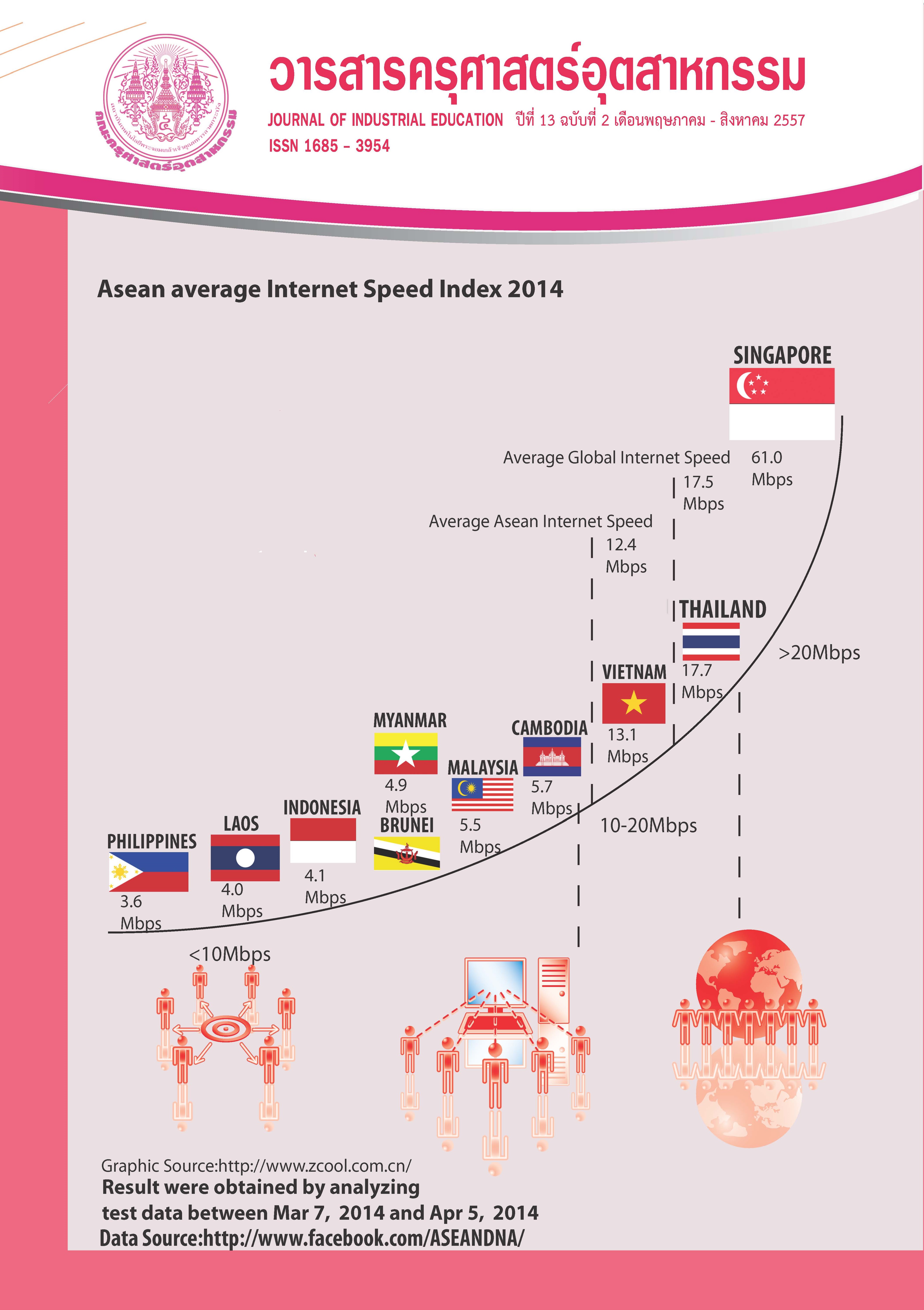Self-assessment of Japanese Language Ability in Comparison with self-assessment Record and Test Scores
Keywords:
Self - assessment, Peer assessment, Self – developing decision, Class test resultAbstract
This research was held in Japanese conversation class for one semester through self assessment activities. The assessment process was based on Kajita’s [1] research whose the objectives was focus on 1. Self - assessment 2. Peer assessment 3. Critical thinking 4. Self emotional feelings and 5. Self – developing decision. Self-assessment form was provided to assess students’ performance in before and after class in a period of one semester and comparison with actual abilities of the students, taken from audio and video recording activities such as role-play, presentation and speech. The results showed that students, who behaved in accordance to the objectives were able to determine the appropriate guide to develop themselves in learning Japanese and their Japanese language abilities increased accordingly. On the other hand, some students who did not have consistent behavior did not develop, while some students’ development halted. The research results showed that self-assessment by understanding self-Japanese language ability and self learning process accurately could help to develop the Japanese proficiency continuously.
References
[2] Kajita Eiichi. 2010. 教育評価改訂版 (การประเมินการเรียนการสอนฉบับแก้ไข). Tokyo: yuhikaku Publishing.
[3] รวีวรรณชินะตระกูล, เลิศลักษณ์กลิ่นหอมและไพฑูรย์พิมดี. 2547. ปัจจัยที่ส่งผลต่อผลสัมฤทธิ์ทางการเรียนของผู้สําเร็จการศึกษาระดับปริญญาโทปีการศึกษา 2542.วารสารครุศาสตร์อุตสาหกรรม, 3(1), น. 8-15.
[4] Japan Foundation and Japan Educational Exchanges and Services.2553 The Japanese-Language Proficiencys Test. [ออนไลน์]. เข้าถึงได้จาก:https://www.jlpt.jp/e/index.html (วันที่ค้นข้อมูล: 4 เมษายน 2555).
[5] 3A Network.1998. みんなの日本語初級本冊(Minna no Nihongo I Honsatsu. Main Textbook Kanji-kana version). Tokyo: 3A Network
[6] Noda Hisashi. 2005. コミュニケーションのための日本語教育文法 (การสอนไวยากรณ์ภาษาญี่ปุ่นเพื่อการสื่อสาร). Tokyo: Kuroshio Publishing.
[7] Makino Akiko, Mizuno Mariko, Tanaka Yone. 2000. みんなの日本語初級初級で読めるトピック25(Minna no Nihongo I Shokyu de Yomeru Topikku 25. Reading Comprehension Text I). Tokyo: 3A Network
[8] Makino Akiko, Mizuno Mariko, Tanaka Yone. 2003. みんなの日本語初級聴解タスク25 (Minna no Nihongo I Chokai Tasuku 25. Listening Comprehension Tasks I). Tokyo: 3A Network
[9] Tamai Ken. 2005. リスニング指導法としてのシャドーイングの効果に関する研究 (งานวิจัยผลสัมฤทธิ์ของ Shadowing ในการสอนการฟัง). Tokyo: Kazama Shobo.
[10] Kohno Toshiyuki. 2004. 1日10分の発音練習(1 nichi 10 pun no Hatsuon Renshu). Tokyo: Kuroshio Publishing.
[11] Emiko Ogasa, Yukari Saiki, Fusako Nakamura. 2011.Practice and Evaluation of Intermediate Level Conversation Task. Bulletin of Tokai Institute of Global Education and Research. Kanagawa: Tokai University. 1,p.91-104
[12] Japan Foundation. 2007. 話すことを教える(Hanasu koto wo Oshieru). Tokyo: Hitsuzi Shobo.
Downloads
Published
How to Cite
Issue
Section
License
"The opinions and contents including the words in papers are responsibility by the authors."
"ข้อคิดเห็น เนื้อหา รวมทั้งการใช้ภาษาในบทความถือเป็นความรับผิดชอบของผู้เขียน"



